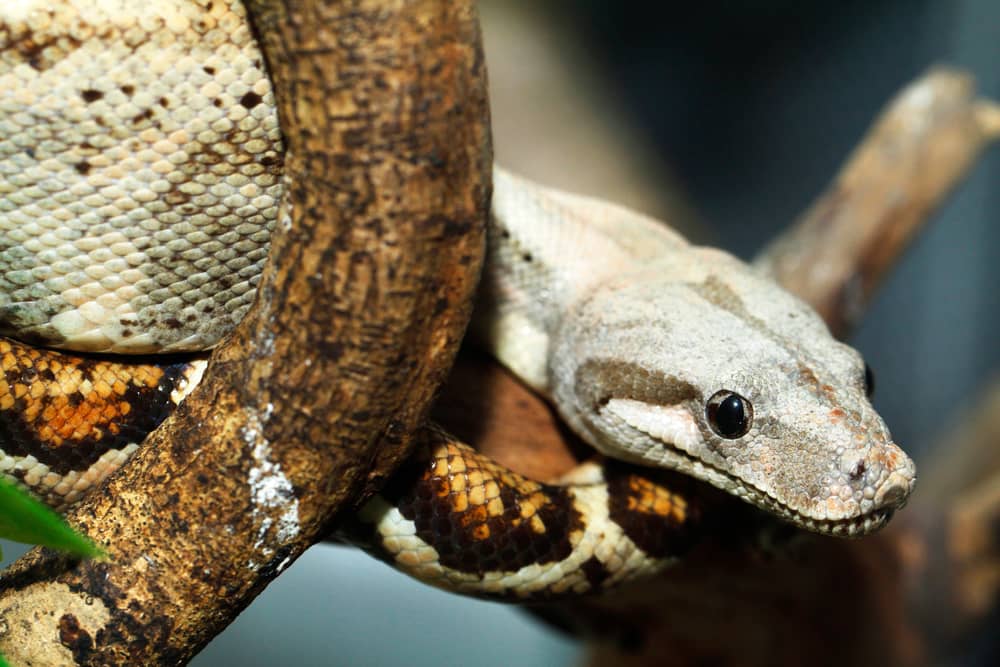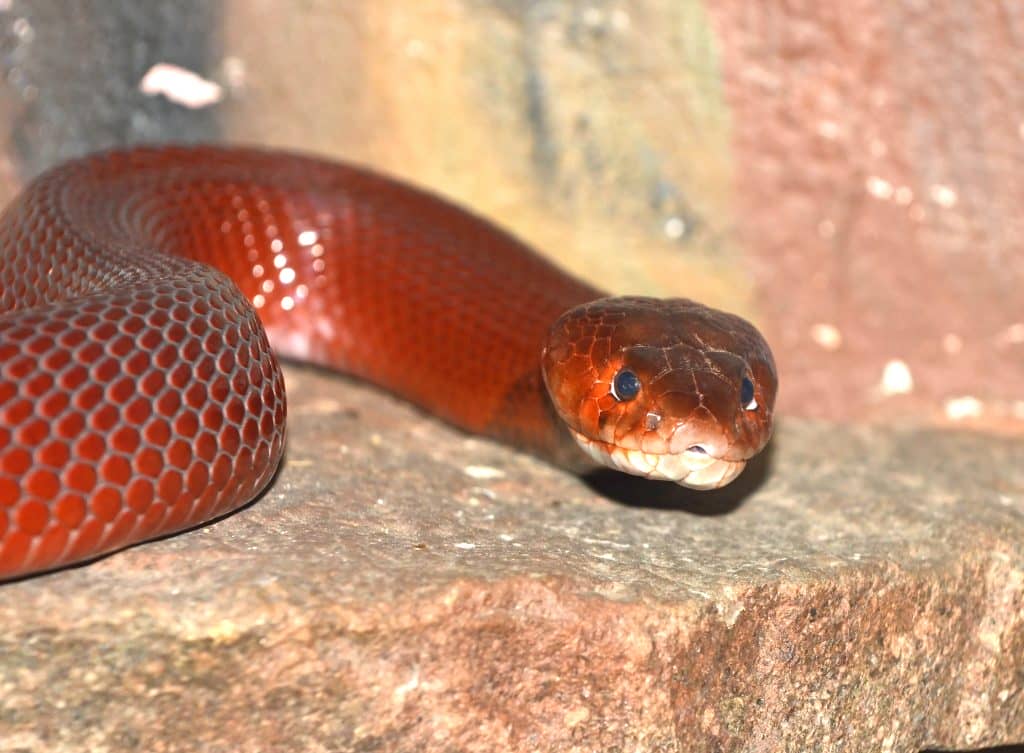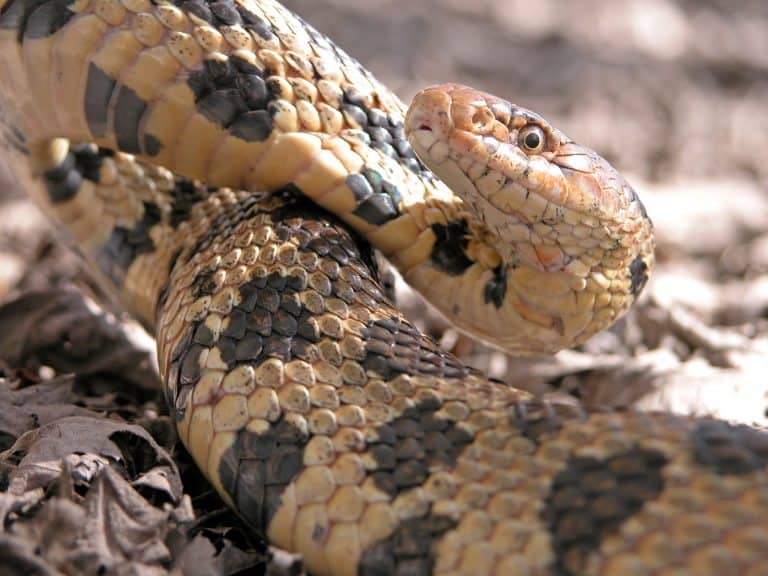Natural Habitat and Origin
These boas are native to Cayo Cochinos (Hog Islands), a small group of islands off the northern coast of Honduras. The island’s isolation led to the evolution of their unique appearance and smaller size.
Unique Traits and Characteristics
Unlike mainland boas, Hog Island Boas are famous for their:
-
Pale, ghost-like coloration
-
Smaller stature
-
Iridescent sheen
-
Calmer temperament
They’re like the “ghost” cousins of the common boa, appearing almost ethereal under the right lighting.
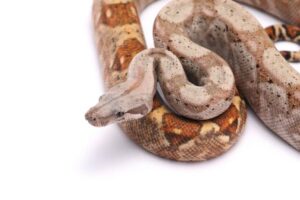
Physical Appearance
Size and Growth Rate
Hog Island Boas are smaller than your average boa:
-
Females: 5.5 to 6 feet
-
Males: 4 to 5 feet
They grow slower and stay more manageable in size, which is a huge plus for pet owners.
Coloration and Morph Variations
Their coloration ranges from cream and tan to peach and light gray, often with faded saddles and reduced patterns. Hatchlings may look dull, but they lighten up dramatically as they mature.
How They Compare to Other Boa Species
Compared to mainland boas, they are:
-
Lighter in color
-
Smaller in size
-
Typically calmer in demeanor
That combo makes them a top pick for people who want a boa without the bulk.
Behavior and Temperament
Are Hog Island Boas Aggressive?
Not at all. They’re among the calmest boas you can keep. With regular handling, they’re super chill and rarely show defensive behavior.
Activity Patterns
They’re mostly nocturnal, becoming more active during the evening. But don’t be surprised if you catch them exploring during the day.
Intelligence and Interaction with Humans
These snakes are curious, observant, and can even learn to recognize handling routines. Many owners say their boas seem to “watch” them from the enclosure.
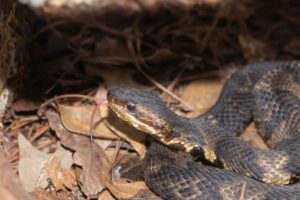
Diet and Feeding
What Do Hog Island Boas Eat in the Wild?
In the wild, their diet includes:
-
Small mammals
-
Birds
-
Lizards
They’re ambush predators—waiting quietly until the moment is right.
Feeding in Captivity
Feed them:
-
Frozen-thawed rodents (never live prey for safety)
-
Appropriately sized (no bigger than the snake’s thickest part)
Feeding Schedule for Juveniles vs. Adults
-
Juveniles: every 7–10 days
-
Adults: every 14–21 days
Overfeeding leads to obesity—so don’t spoil them too much.
Housing and Enclosure Requirements
Ideal Tank Size
-
Juveniles: 20-gallon tank
-
Adults: 4’x2’x2’ enclosure minimum
More space = more exploration and exercise.
Temperature and Humidity Needs
-
Ambient temp: 78–82°F
-
Basking spot: 88–90°F
-
Humidity: 60–70%
Use hygrometers and thermostats to keep things on point.
Lighting and Substrate Options
-
Lighting: UVB isn’t required but helps with day/night cycles
-
Substrate: Cypress mulch, coconut husk, or newspaper
Avoid cedar or pine—they’re toxic.
Environmental Enrichment
Add:
-
Climbing branches
-
Hides
-
Water bowl big enough to soak in
They love to explore and soak, especially during sheds. 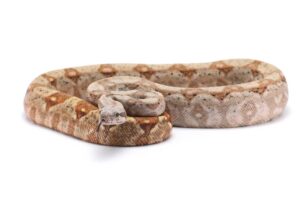
Health and Common Issues
Signs of a Healthy Hog Island Boa
-
Clear eyes
-
Active tongue flicking
-
Regular, full sheds
-
Good muscle tone
Common Health Concerns
-
Respiratory infections
-
Mites
-
Scale rot
All preventable with proper care.
Regular Vet Checks and Preventive Care
Yearly check-ups with a reptile-savvy vet are ideal. Always quarantine new snakes before introducing them to others.
Breeding and Reproduction
Mating Season and Behavior
They usually breed in late winter to early spring. Cool-down cycles may trigger mating behavior.
Gestation and Birth
-
Gestation: ~4 months
-
Live births: up to 30 neonates
No eggs here—these boas give live birth, which is always a sight to behold!
Caring for Neonates
-
House separately
-
Feed small pinky mice
-
Handle gently to build trust
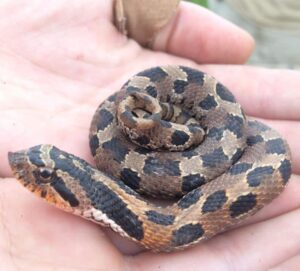
Conservation Status
Are Hog Island Boas Endangered?
Yes. Wild populations nearly vanished in the 1990s due to overcollection and habitat loss.
Threats in the Wild
-
Illegal pet trade
-
Deforestation
-
Small native range
Importance of Ethical Breeding
Captive breeding programs are crucial for their survival. Always buy from ethical, captive-bred sources.
Why They’re Popular in the Pet Trade
Beginner-Friendly or Not?
Yes—but with a learning curve. Their manageable size and calm nature make them suitable for committed beginners.
Legal Considerations
Check your local laws—some states or countries regulate or ban boa species.
Cost and Availability
Expect to pay between $300 to $800 depending on lineage, color, and breeder reputation.
Tips for New Owners
Mistakes to Avoid
-
Using heat rocks (burn risk)
-
Feeding live prey
-
Poor enclosure ventilation
-
Inconsistent humidity
Building Trust with Your Snake
Handle gently, talk to them, and never force interaction. They learn to trust your presence over time.
Enclosure Cleaning Routine
Spot-clean weekly, deep clean monthly. Always wash hands before and after handling.
Ethical Considerations
Buying from Reputable Breeders
Always ask:
-
Are the parents captive bred?
-
What’s the feeding history?
-
Has the snake been dewormed or vet-checked?
Captive-Bred vs. Wild-Caught
Captive-bred snakes are healthier, more docile, and don’t impact wild populations.
Long-Term Commitment
These snakes can live 20–30 years in captivity. It’s not a fling—it’s a long-term relationship!
Conclusion
The Hog Island Boa is more than just a beautiful snake—it’s a conservation icon and a beloved pet in herpetoculture. With their gentle demeanor, manageable size, and hauntingly beautiful appearance, it’s no wonder they’ve captivated so many. Just remember, with great scales comes great responsibility. Do your homework, buy ethically, and provide top-notch care—and your Hog Island Boa will thrive for decades.
FAQs
1. Are Hog Island Boas good for beginners?
Yes, they’re a great choice for committed beginners thanks to their calm nature and manageable size.
2. How big do Hog Island Boas get?
Females grow up to 6 feet, while males stay around 4 to 5 feet.
3. What makes Hog Island Boas different from other boas?
They have lighter coloration, smaller size, and often calmer temperaments than most other boas.
4. Do they need special lighting or heating?
They require a warm basking area and consistent humidity but do not need UVB unless you want to simulate natural conditions.
5. Are they legal to keep as pets everywhere?
Laws vary by region—always check your local regulations before purchasing.
